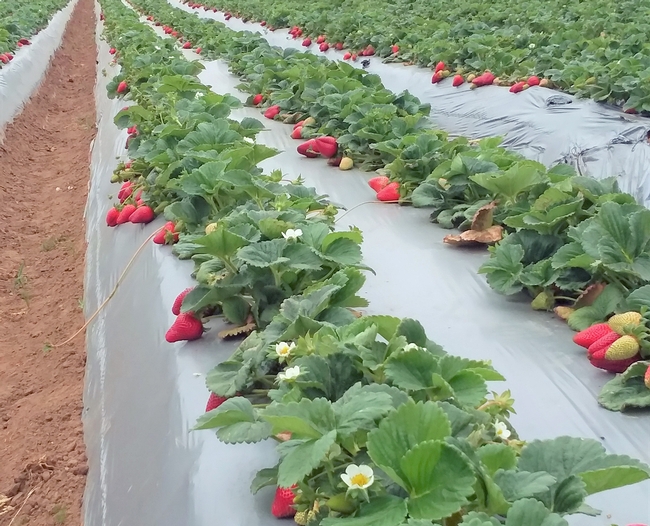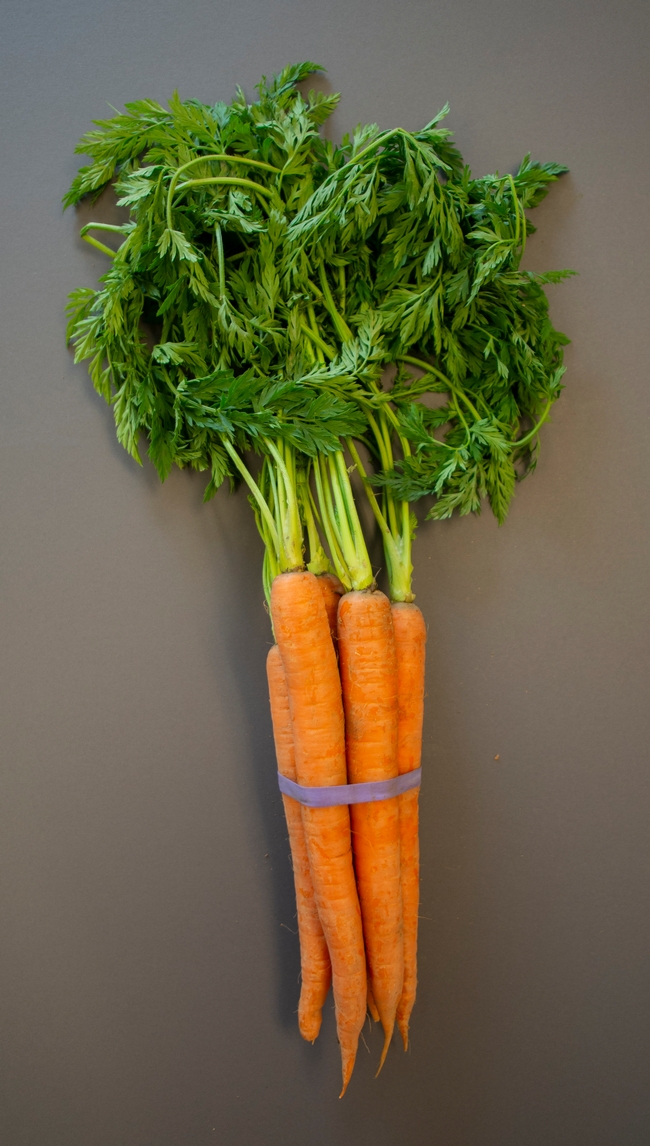
Posts Tagged: acreage
Organics Still Gaining Ground in CA
Organic farming continues to expand in California and now includes more than 360 commodities, according to a new University of California report. The number of organic growers, acreage and farm gate sales revenue is reported by commodity, county, region and statewide in the new “Statistical Review of California Organic Agriculture, 2013-2016.” The data are collected from farms that register as organic with the California Department of Food and Agriculture.
“This report highlights the incredible diversity and abundance of organic crops being grown across so many different geographic regions in the state, which reflects California's leading role in this production sector,” said Houston Wilson, director of the new UC Organic Agriculture Institute.
“Dairies continue to lead by value of organic production,” said Rachael Goodhue, UC Davis professor of agricultural and resource economics and coauthor of the report.
The number of organic growers in California jumped from 2,089 in 2013 to 3,108 in 2016. The top 10 organic commodities for sales value in 2016 were cow milk, strawberries, carrots, wine grapes, table grapes, sweet potatoes, almonds, raspberries, salad mix, and chicken eggs.
“This review is critical to understand the changes in the fast-growing organic agriculture sector in the state where more than 50% of the nation's organic vegetables and fruits are produced,” said Joji Muramoto, UC Cooperative Extension organic production specialist at UC Santa Cruz and coauthor of the report. “It provides statistics of all organic commodities produced across the state as well as at county level. This is the primary reference to learn about the size, diversity, and trends of organic agriculture in the state.”
In 2016, California organic sales were $3.1 billion with an average of $1 million in sales per farm, but revenue varied widely among farms. For example, San Diego County had the most organic growers (313) in 2016, but Kern County's 47 organic farmers earned the most in total organic sales: $381 million on 49,727 acres, excluding pasture and rangeland, according to Muramoto.
“The average gross income of organic farms increased 14-fold from 1994 to 2016, reaching $1 million in 2016,” Muramoto said. “However, 77% of growers received less than $500,000 per year and 22% of growers who made $500,000 or more per year received 94% of the total gross sales, showing the income concentration among organic growers in the state.”
The statistical review of California's organic agriculture had been published since 1998 by the late Karen Klonsky, UC Cooperative Extension specialist, and her team after statistics for organic agriculture became available in 1992 as a result of the California Organic Food Act.
The last report published by Klonsky, who passed away in 2018, covered 2009-2012. All previous organic agriculture statistics reports can be accessed at https://aic.ucdavis.edu/research1/organic.html.
“This report of organic data continues the series of studies initiated by Karen Klonsky many years ago. It contains vital summary information for industry and policymakers as well as researchers,” said Goodhue.
Since the data collection began in 1994, the number of organic growers in California has increased 2.8-fold to 3,109 and the farm-level sales 40-fold to $3.1 billion in 2016.
“Accurate annual data on California organic crop production, acreage and value is critical to understanding the scale and scope of this growing agricultural sector,” said Wilson. “As the UC Organic Agriculture Institute begins to develop research and extension programs, it is important that we have a reliable way to assess the extent and geography of organic production as well as track changes over time.”
Muramoto, who became the UC Cooperative Extension organic production specialist in 2019, collaborated with Goodhue, Daniel Sumner, director of the UC Agricultural Issues Center and UC Davis professor of agricultural and resource economics; and UC Davis graduate student Hanlin Wei to produce the latest statistical review of California's organic agriculture.
More recent years are not included because the data collected by CDFA changed in 2017 and again in 2019 so they are not comparable to the data in this report. The full report can be downloaded from the UC Agricultural Issues Center website at https://aic.ucdavis.edu/2020/10/06/statistical-review-of-californias-organic-agriculture-by-wei-goodhue-muramoto-and-sumner.
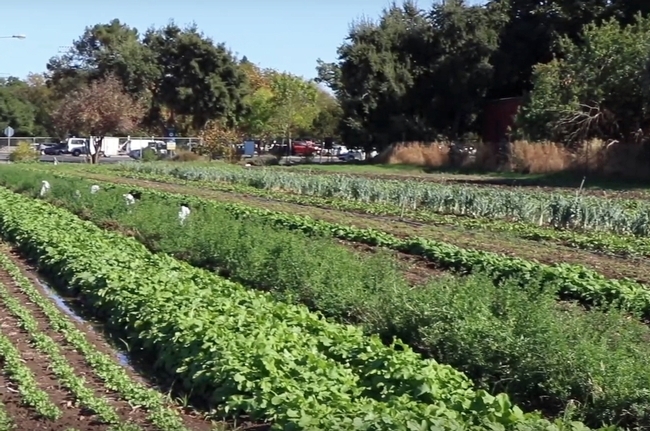
organic farm
California Citrus Acreage - 2018
|
|
|
https://www.nass.usda.gov/Statistics_by_State/California/Publications/Specialty_and_Other_Releases/Citrus/Acreage/201808citac.pdf

citrus display
California Ag Statistics for Review
The California Department of Food and Agriculture (CDFA) has released the 2015-2016 California Agricultural Statistics Review. The Review provides an overview of the state's agricultural statistics and weather highlights, as well as county-specific and crop-specific data. Overall, California continues to lead the nation as the largest agricultural producer and exporter despite the challenges posed by a fourth consecutive year of drought.
Highlights from the report are as follows:
- California's agriculture sales decreased by 16.8 percent between the 2014 and 2015 crop years for a total of $47.1 billion in cash receipts.
- California continues to lead the nation in exports, at $20.7 billion.
- California exported nearly 26 percent of its agricultural volume. Overall, California's agricultural exports have grown more than 120 percent during the past decade.
- Fruit and nut crops accounted for 36 percent of gross cash volume in 2015.
- California is the leading agricultural producer in the U.S., representing nearly 13 percent of the U.S. total.
- In 2015, California was home to 77,500 farms, with an average 329 acres — which is smaller than the national average of 441 acres.
- Nearly 27 percent of California farms generate more than $100,000 in commodity sales; the national average is 20 percent.
- The top five agricultural counties in California were Tulare, Kern, Fresno, Monterey and Stanislaus.
- California is ranked as the number one producer of avocados in the U.S. and produced between 60 and 75 percent of the national production of avocados, which accounted for 93 percent of U.S. receipts.
- California avocados ranked 28th in the state based on total value.
The entire California Agricultural Statistics Review is available online.
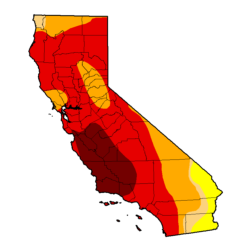
Ca drought
Avocado acreage and health
Amazing. I was out with the contractor who has been doing the California Avocado Commission's annual acreage report. In the past, aerial photography was used and with painstaking accuracy the acreage was visually evaluated by hand. It was so expensive and took so long, that only parts of the California acreage were done each year. The company now uses satellite imagery and computer evaluation to do the whole avocado growing area each year and at much less cost. Now the contractor is going to try to estimate the amount of root rotted acreage that is out there. They will do this by canopy color and texture relative to healthy trees. We were out looking at the range of diseases out there that could be confused with root rot, such as bacterial canker, blight, black streak and crown rot. This will be amazing if they can distinguish amongst the diseases, but even if they can identify unhealthy groves that will be an amazing feat.
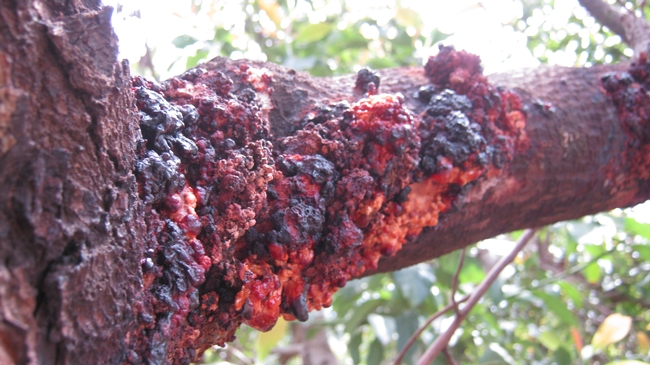
IMG 1612

